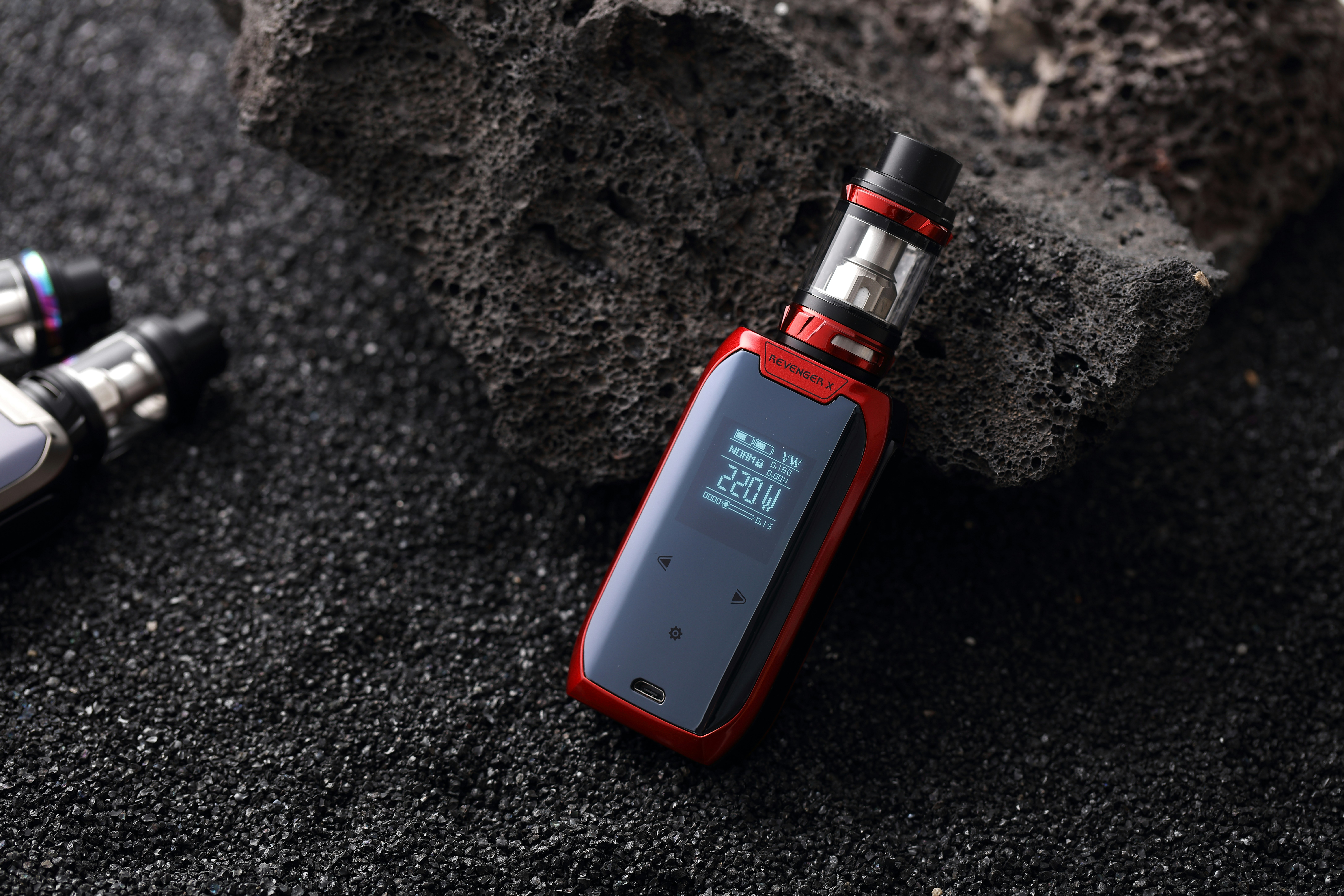What is Xylazine/Tranq?
Xylazine, commonly called the “zombie drug tranq,” is a non-opiate drug used in veterinary medicine to ease handling, enable medical procedures, and act as a local anaesthetic for animals such as dogs, cats, horses, cattle, sheep, deer, and rats. Xylazine has various effects, including sedation, anaesthesia, muscle relaxation, pain relief, and tranquillity. This is why it is approved for veterinary use in the United States, following Food and Drug Administration (FDA) guidelines. Tranq is typically used to aid surgical procedures and diagnostic testing in animals.
Although xylazine is solely approved for veterinary use, it is increasingly found in illegal substances used for drug abuse. In the United States, xylazine has transformed into a substance of addiction commonly obtained by diverting veterinary stocks meant for horses and other equines. Illicitly, tranq is added to dangerous drugs such as heroin, fentanyl, and cocaine to increase their potency. It is also sometimes used as a cutting agent for heroin, leading to a host of health problems, including skin infections and lesions at injection sites.
History
Xylazine, or tranq, was first synthesized in 1962 by Farbenfabriken Bayer in Leverkusen, Germany. It was initially developed as a potential antihypertensive drug but was later found to have useful sedative and analgesic properties in animals. Xylazine was officially introduced as a veterinary drug in the early 1970s. It was approved for use in the United States in 1982. Since then, it has become a widely used sedative and analgesic in veterinary medicine.
Although xylazine has been researched in humans as a possible analgesic, hypnotic, and anesthetic, these studies were ended due to its significant hypotensive and depressant impacts on the central nervous system. This is why its increasing illicit use in humans is a source of concern due to tranq’s harmful effects.
Drug Category/Class
Xylazine is a non-opiate sedative, analgesic, and muscle relaxant that belongs to the alpha-2 adrenergic receptor agonists. Its chemical structure is comparable to tricyclic antidepressants, phenothiazines, and clonidine. Xylazine can depress the central nervous system by stimulating central α2-receptors to inhibit the neurotransmitter release of dopamine and norepinephrine at the neuronal synapse.
Chemical Structure
Xylazine belongs to the methyl benzene class and is expressed as 2-(2,6-dimethylphenyl)-4H-1,3-thiazine-4-one. It has a molecular weight of 220.34 g/mol and a molecular formula of C12H16N2S. Xylazine has a heterocyclic structure containing a thiazine ring and a phenyl group. It is a colorless crystalline powder soluble in water with a pKa of 7.87.
Why Is It A Zombie Drug?
The FDA does not approve xylazine or tranq for human use because it can cause severe and potentially fatal side effects. These effects include dangerously low blood pressure, respiratory depression, and bradycardia. Injecting xylazine can also cause significant tissue damage, resulting in skin sores, ulcers, and infections that develop a scaly, necrotic tissue known as eschar. As these skin sores and ulcers develop, they make the skin look dead. The appearance of these skin lesions give tranq its nickname as a “zombie drug.”
Also, xylazine acting as a “zombie drug,” induces blackouts lasting several hours after use due to its strong sedative effects. When particularly taken in high doses, xylazine can induce extreme sedation and decreased muscle tone, making the individual unresponsive and appear zombie-like. When cut into illegal drugs, it also leads to cases of “walking dead syndrome” or “zombification” in people where they experience severe disorientation and other health complications.
On The Rise
Over the years, the prevalence of tranq use has increased dramatically, influenced by various factors, including drug availability, policies, and public perception. Sky News reports that xylazine is causing terror among US citizens. According to researchers, individuals who used or sold drugs reported that xylazine had become a highly desired substance and more widespread in the local drug market.
Experts in the United States are observing a rise in the utilization of opioids such as fentanyl and xylazine. According to addiction specialists, the combination can be up to 40 times more potent than opioids alone. Under the influence of such mixtures, individuals may be highly resistant to overdose-reversing medication like Narcan. Health professionals warn that one of the side effects of xylazine is the destruction of skin cells around the injection site, leading to amputation of limbs in severe cases.
According to the White House Office of National Drug Control and The Drug Enforcement Agency, xylazine was connected to 1,281 overdose deaths in the Northeast and 1,423 in the South in 2021.
Another report suggests that not only has xylazine become increasingly popular among illegal drug users in Philadelphia, but it is also a leading factor in overdoses recorded among people with substance use disorder. The Philadelphia Department of Public Health examined a decade’s worth of data from the Philadelphia Medical Examiner’s Office on heroin and/or fentanyl overdose deaths and discovered that the detection of xylazine in fatal cases rose from less than 2% between 2010 and 2015 to 31% (262 out of 858 cases) in 2019.
Side Effects
The side effects of the zombie drug tranq vary in humans. Still, it has been noted that even at lower levels, xylazine can cause harmful effects such as:
- Disorientation
- Drowsiness
- Blurred vision
- Staggering
- Skin ulcers
- Amnesia
Higher concentrations can also lead to serious health consequences like
- Coma
- Respiratory depression
- Bradycardia
- Hypotension
- Miosis
- Hypoglycemia
- Hyperglycemia
Additionally, long-term use of xylazine has been associated with
- Memory impairment
- Anxiety
- Depression.
Therefore, using xylazine outside of veterinary medicine is highly discouraged and illegal.
Signs Someone Has Used Tranq
Given that xylazine is commonly known for its sedative effects, people may use tranq to cope with anxiety and sleep disorders. To determine if a person is using xylazine, they have to be monitored for changes in behavior, mood, and interpersonal interactions
Some common signs of Tranq use in humans include:
- Mood swings
- Sudden withdrawal from social activities
- Slurred speech
- Slowed breathing
- Reduced heart rate
- Poor work performance
- Development of skin lesions
- Itchiness
- Tooth decay
- Hair loss
- Profound sedation
- Unresponsiveness
Why Do People Use Tranq/Is It Addicting?
Xylazine is not approved for human use, but it is sometimes used illicitly by people seeking to enhance the effects of other drugs, such as opioids. While some individuals with substance use disorder typically seek out opioid and xylazine mixtures, others consume them unintentionally, as illicit drug producers and dealers frequently add it to cocaine, heroin, and fentanyl to extend the length of drug effects.
When combined with other substances, Tranq can increase the risk of addiction and overdose. This is because xylazine induces feelings of euphoria, relaxation, and dissociation, which some individuals may find desirable, leading to dependency and subsequent addiction. Regular use of xylazine can thus result in dependence, addiction, and withdrawal symptoms, including severe anxiety or agitation when doses are reduced or ceased.
Is Tranq Deadly?
Tranq is not meant for human use and can be deadly when taken by humans. It is approved solely for use in animals. Overdosing on tranq can lead to life-threatening complications such as respiratory depression, cardiac arrest, and coma. Xylazine can also cause respiratory depression, loss of consciousness, and even death.
Additionally, taking tranq with other substances, especially alcohol or opioids, can increase the likelihood of an overdose. For example, cocaine is an illegal drug that is highly addictive. It is classified as a Schedule II substance due to its high potential for physical and psychological dependency. Adding xylazine to cocaine only exacerbates its addictive properties, making it harder for individuals to quit drug use.
Suppose a person is suspected of having overdosed on xylazine. In that case, experts advise administering the opioid overdose reversal medication naloxone, as xylazine is often mixed with opioids. However, since xylazine is not an opioid, naloxone may not be effective in addressing its impact on breathing.
How To Get Treatment
Getting treatment for xylazine abuse involves seeking professional help from a healthcare provider or specialist. The first step is to seek out medical detox facilities. Unlike hospitals, these facilities specialize in addressing the physical health symptoms associated with addiction. They are staffed by certified medical professionals and addiction support specialists trained to provide the necessary care.
Moving on from the detoxification stage would require a certain level of therapy. Therapists typically use various methods, including cognitive behavioral therapy, dialectical-behavioral therapy, and holistic therapies, to help people recover from addiction. These therapies help individuals develop self-awareness, practice mindfulness techniques, learn emotional intelligence, and make positive life changes that support their recovery.
Individuals seeking treatment for tranq abuse may also need medication-assisted treatment, involving the use of medications to help manage withdrawal symptoms and behavioral therapy (individual counseling, group therapy, or family therapy) to address underlying issues related to addiction and develop coping strategies, or both, depending on the severity of the case.




